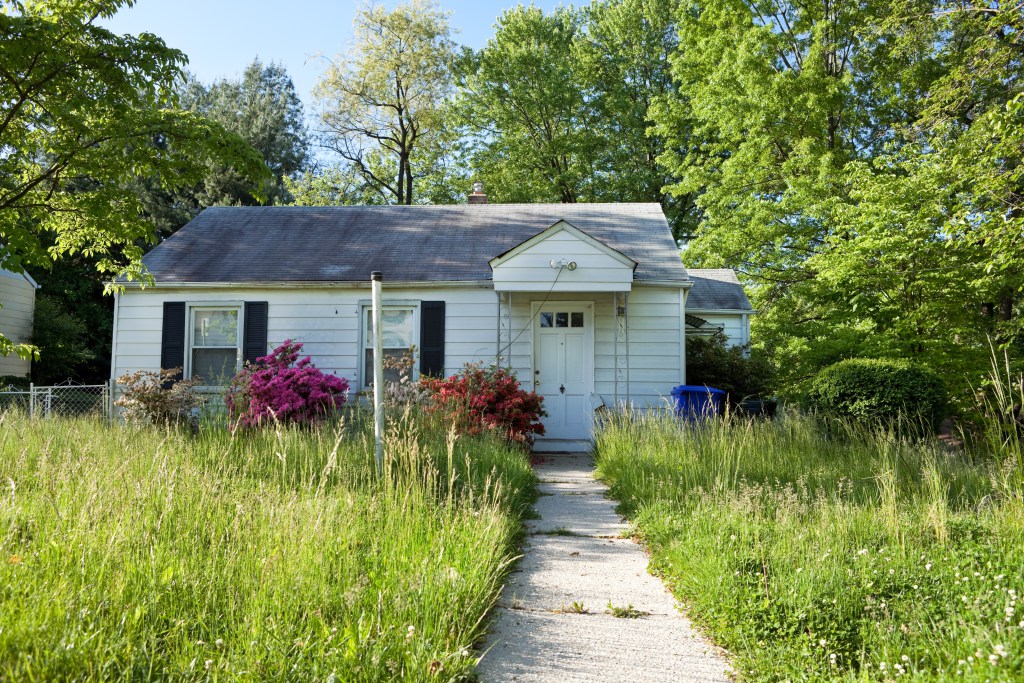House flipping has become a great way for thousands of real estate investing entrepreneurs across the country to build income, grow their portfolios, and save money for retirement. Of course, there are as many ways to find your next fix-and-flip property as there are fix-and-flippers, but one way to get into the fix-and-flip game and save money is to invest in an abandoned home.
The pros and cons of investing in abandoned homes are many. Let’s look at the pros first.
Pros of Fix-and-Flipping Abandoned Homes
One of the biggest advantages to investing in abandoned homes is the acquisition cost. If you buy a home that has been recently occupied, it has likely been kept up fairly well. The better the condition of the home when you buy it the more you’ll have to pay for it and the less return on investment (ROI) you can expect to get on the back end. So abandoned homes make great opportunities to bank on a high ROI.
Another advantage to fix-and-flipping an abandoned home is that it can be easy to identify the necessary fixes. In many cases, there are a lot of fixes! The danger is that you may have larger problems that will cost a lot of money.
One major advantage is the difference it makes when your project is completed. An abandoned home, especially one that has been vacant for a long time, can be turned into a marvelous before-and-after story. When your project is finished, you’ll be able to see the stark contrast between the run down version of the house before your rehab and the makeover you gave it. If you’re able to pull it off, you should have no issues selling the house and the new owners will have a lot to brag about. It could even raise the values of other homes in the neighborhood.
Cons of Fix-and-Flipping Abandoned Homes
While abandoned homes can be great opportunities, they can also be huge problems to fix and flip. You have to be careful to crunch the numbers and make sure your investment is worth it before you buy the house. Some common issues you might run into include finding a clear title or path of ownership, hidden problems that aren’t noticeable on first inspection, and major rehab issues that will cost more to fix than the property is worth ensuring that there is no way to profit.
It is important to perform due diligence on any property, but it’s doubly important for abandoned homes. That’s because there could be some major unknowns. If you run into titling issues, try to resolve them as quickly as you can. Otherwise, you could find yourself stuck with a fully rehabilitated home that you are unable to sell, or that costs you money in holding costs.
With an abandoned home, you need to look it over with a fine-tooth comb before you even consider buying it. Check to ensure there are no foundation issues. Have a plumber examine all the pipes and drainage in and around the house. The same for electrical. If possible, look into the attic, and make sure there are no major roof issues. Get a good estimate of repairs before you make an offer and calculate your after repair value (ARV) so that you can make the right offer. Be prepared to spend more money on the rehab than you do on the property acquisition as that is quite common.
Plan on contingencies. The likelihood that you’ll have them with an abandoned home is very high. For that reason, most investors recommend a fudge factor of 15% to 25%. After calculating all repairs and acquisition cost, add your fudge factor to the final sum to take care of those necessary contingencies.
Good Luck With Your Next Abandoned Home Fix-and-Flip
Abandoned homes can be great fix-and-flip investments, but you must enter into them with eyes wide open and leave no stone unturned when calculating your repairs. Remember, you make your money when you buy. Make sure you have an exit strategy.


